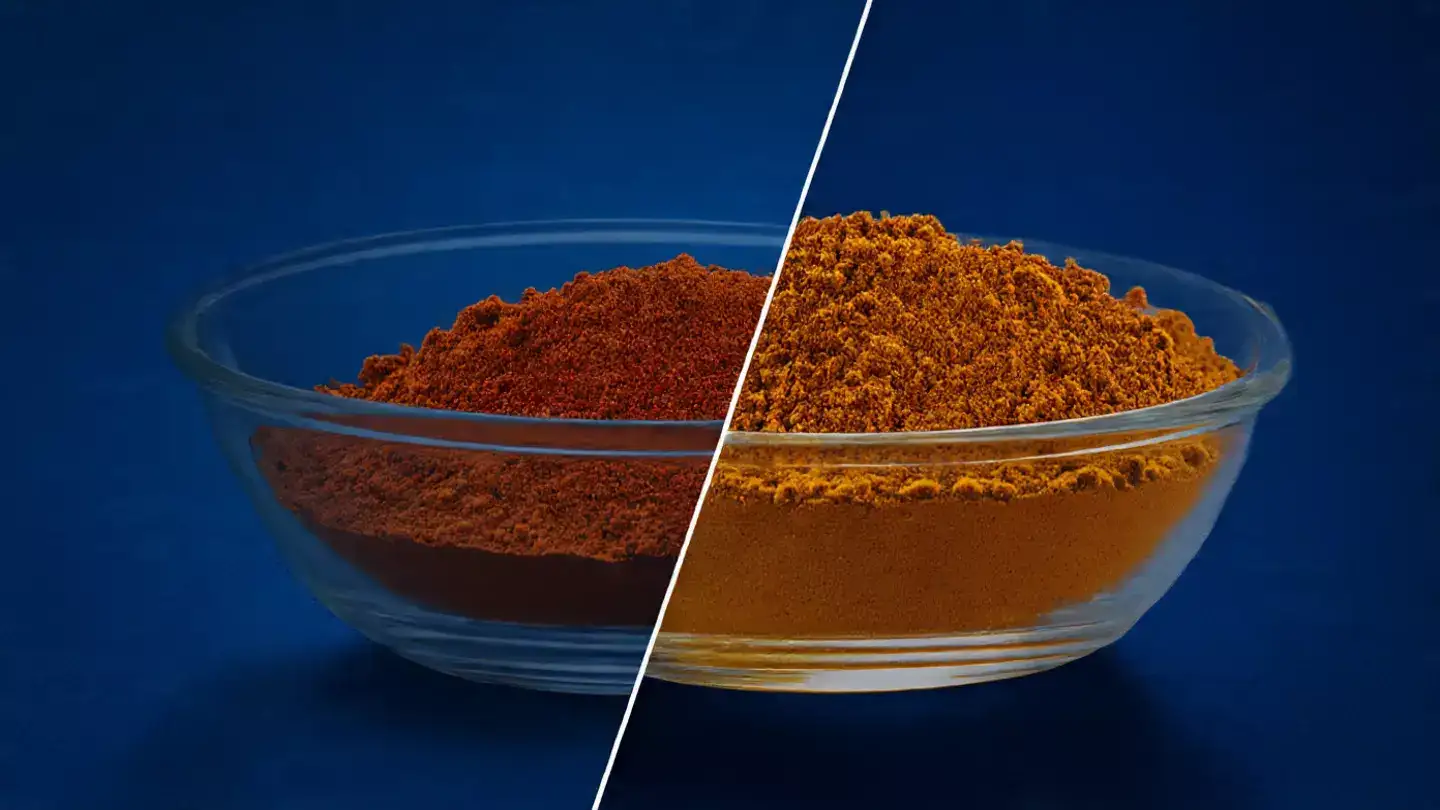How To Check Adulterated Chilli Powder; Easy Home Tests To Ensure Purity & Safety
How To Check Adulterated Chilli Powder : Spices are the heart of Indian cooking, and chilli powder is one of the most commonly used ingredients in every kitchen. However, what often appears as vibrant red perfection may not always be pure. Many manufacturers and sellers mix chilli powder with artificial colours, brick powder, or other harmful substances to enhance colour, texture, and quantity. Consuming such adulterated chilli powder can cause health issues, ranging from mild irritation to serious digestive and liver problems. Learning how to check adulterated chilli powder ensures that your meals remain safe, natural, and flavourful.
 Image Courtesy: Meta AI
Image Courtesy: Meta AI
Adulteration of spices, especially chilli powder, poses a real threat to food safety. By conducting simple home tests, staying alert to signs of impurity, and purchasing from trusted sources, you can safeguard your family’s health and enjoy the true flavour of your dishes. Remember, authentic chilli powder may not be as bright, but its natural colour and aroma speak of purity and quality. Taking a few minutes to check your spices can go a long way in ensuring a healthy and honest kitchen.

Why Chilli Powder Gets Adulterated
The demand for chilli powder far exceeds the supply of pure, naturally dried chillies. To meet market needs and cut costs, some producers mix additives such as brick dust, salt powder, or artificial dyes like Sudan Red, which give a more intense red hue. These substances not only deceive consumers visually but can also have toxic effects when consumed over time. The practice of adulteration is primarily driven by profit — the brighter the powder looks, the more appealing it appears to buyers who equate colour with quality.Common Adulterants Found in Chilli Powder
Adulterants vary depending on the region and the source of the spice. The most common ones include brick powder, sawdust, salt powder, and artificial colours like Sudan I and Sudan IV, which are industrial dyes banned in food products. Some producers also mix rice flour or starch to increase bulk, reducing the overall chilli content. These substances not only lower nutritional value but can also cause serious health problems, including food poisoning, allergies, and even long-term organ damage if consumed regularly.
Simple Home Tests to Detect Adulteration
Fortunately, you can identify adulterated chilli powder using a few easy tests at home without needing laboratory equipment. These quick checks can help ensure that the spice in your kitchen is genuine and safe.1. Water Test
Take a glass of clear water and sprinkle a small amount of chilli powder on the surface. Do not stir. If the powder is pure, it will float for a while and leave a light red tint. If it contains artificial colour or brick powder, the colour will start spreading immediately, forming a dark red streak. This indicates the presence of synthetic dye or insoluble impurities.2. Blotting Paper Test
Place a small pinch of chilli powder on a piece of blotting paper or tissue and add a few drops of water. If you notice a red mark spreading on the paper after a few minutes, it suggests the presence of artificial colouring. Pure chilli powder will leave only a faint natural stain and no strong red ring.You may also like
- “This takes a weight off his shoulders”- Carmelo Anthony believes Nico Harrison's firing from Dallas Mavericks was blessing in disguise
- 'Continent of future': President Murmu addresses Botswana Parliament
- EV Ferrari won't sell in Europe but will in Asia, Pirelli's Tronchetti says
- Passenger held at Agartala airport with 7 gold biscuits hidden inside rectum
- White House says Epstein emails released to smear Trump
3. Palm Rub Test
Take a small amount of chilli powder in your palm and rub it gently. If your skin becomes bright red or orange, the powder likely contains artificial colour. Pure chilli powder will not leave such a strong tint; instead, it will have a natural, slightly dull red shade.4. Solubility Test
Mix a spoonful of chilli powder in a glass of warm water and let it sit undisturbed. If sediment settles at the bottom, it could be sand, brick powder, or salt adulteration. Pure chilli powder tends to remain suspended and will not form heavy residues.Health Hazards of Adulterated Chilli Powder
The effects of consuming adulterated chilli powder go beyond poor flavour. Industrial dyes such as Sudan Red are carcinogenic and can damage the liver, kidneys, and bladder. Brick dust or salt adulteration can lead to stomach irritation, ulcers, and mineral imbalance. Continuous intake of these contaminants may also reduce immunity and affect overall digestive health. Children and elderly individuals are particularly at risk, as their bodies are less capable of detoxifying harmful substances.Tips to Ensure You Buy Pure Chilli Powder
To avoid purchasing adulterated chilli powder, always choose reputed brands that provide FSSAI certification and transparent ingredient labelling. Avoid buying unpackaged or loose powders from open markets, as they are more prone to contamination. Prefer brands that clearly mention the origin of chillies and avoid overly bright or fluorescent red powders — pure chilli usually has a slightly darker, earthy tone. Storing chilli powder in airtight containers and buying smaller quantities at a time also helps maintain freshness and reduce the risk of exposure to moisture or adulterants.Adulteration of spices, especially chilli powder, poses a real threat to food safety. By conducting simple home tests, staying alert to signs of impurity, and purchasing from trusted sources, you can safeguard your family’s health and enjoy the true flavour of your dishes. Remember, authentic chilli powder may not be as bright, but its natural colour and aroma speak of purity and quality. Taking a few minutes to check your spices can go a long way in ensuring a healthy and honest kitchen.









